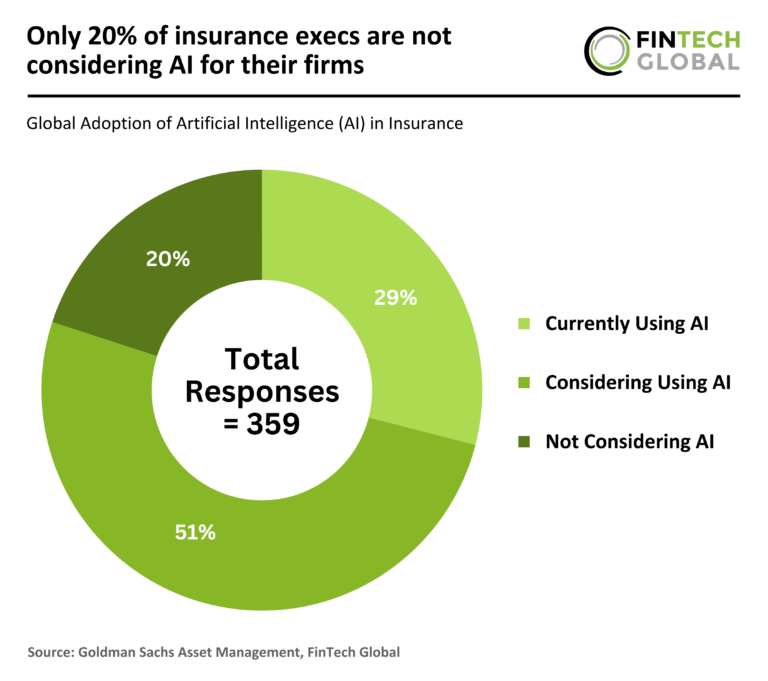Unlocking the AI Act: Discover Which Systems Are Covered Under EU Regulations
The European Union has recently released important guidance regarding the definition of an AI system under its newly established AI Act. This innovative risk-based framework for regulating artificial intelligence applications became effective last summer, with the initial compliance deadline for prohibited use cases having recently passed.
Understanding the Scope of the AI Act
AI developers need to carefully determine whether their software systems fall under the scope of this act. Non-compliance could lead to significant financial penalties, including fines of up to 7% of global annual turnover for violations. The European Commission’s 13-page guidelines will be crucial for companies navigating these regulations.
The Non-Binding Nature of the Guidelines
It is important to note that, similar to the EU’s earlier guidance on prohibited uses, these recommendations are non-binding. The Commission emphasizes that the guidance is intended to evolve over time, adapting to practical experiences and emerging questions within the AI landscape.
Key Considerations for AI Developers
- Ongoing Compliance: Understanding how the law applies is a continuous process, especially in such a fast-evolving field.
- Expectation Management: The EU clarifies that there cannot be automatic determinations or exhaustive lists categorizing which systems qualify as AI.
- Practical Experience: Companies are encouraged to stay informed and be ready for updates as new use cases and technologies emerge.
As the AI industry progresses, adapting to these guidelines will be essential for developers and organizations alike. For further insights, you can explore additional resources on AI regulations and compliance strategies.
Stay Informed on AI Regulations
With the landscape of artificial intelligence constantly changing, keeping up-to-date with EU regulations will be vital. Regularly checking the European Commission’s official site can provide necessary updates and further clarity on compliance expectations.







